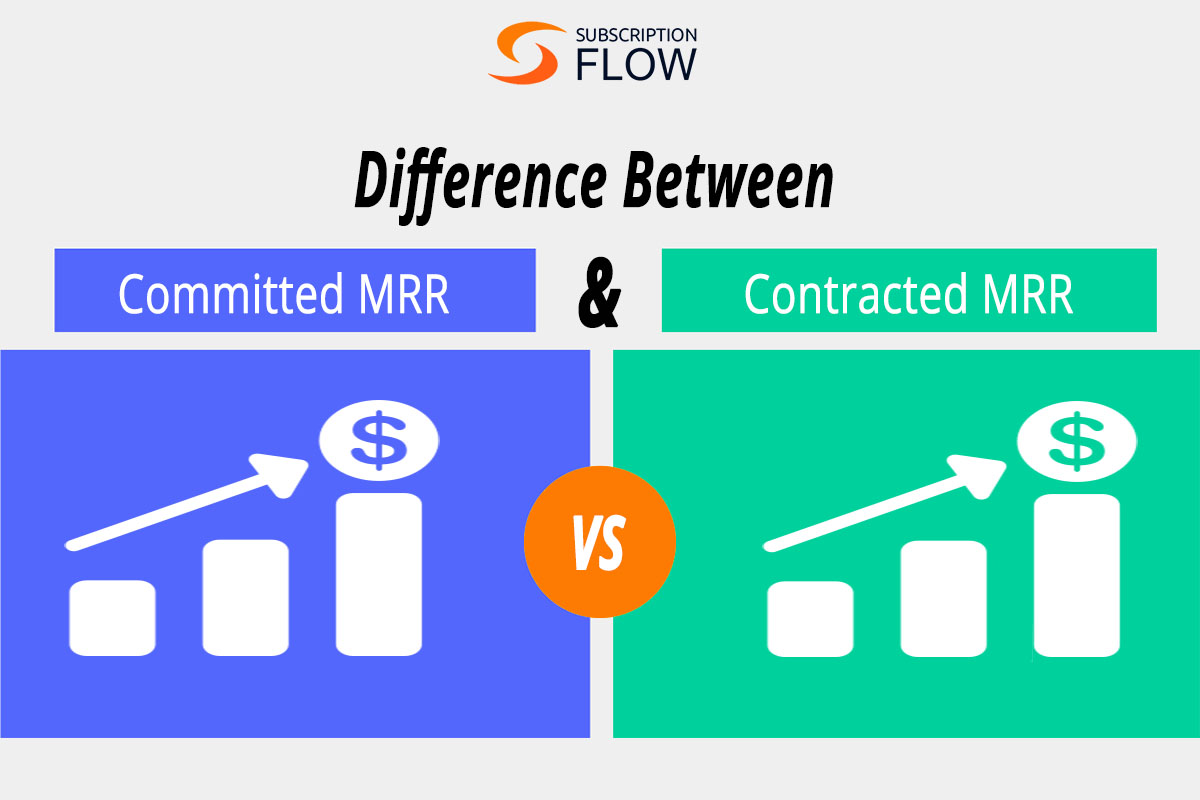
All You Need to Know About the Subscription-Video-On-Demand (SVOD) and Its Way to Lead the Subscription Market
Millions of people have cut the cords of their paid multiple channel subscriptions in the last few years. Based on the satellite or cable connections, the TV industry categorized the viewers as:
- Cord-Cutters—Millenials are the cord-cutters that have grown up using the cord cable or satellite connections however they have changed their preferences after the advent of cordless services.
- Cord Nevers—It refers to the GenZ that had never used the cords and since ever they know the media through the internet.
- Cord Users—It is the small chunk of GenX and Millenials that are still using the multichannel cord subscriptions for their cable or satellite TV.
The digital revolution has already transformed our preferences to watch TV, News, entertainment, sports, business, fashion, and current affairs. The internet connectivity evolution has disrupted the media industry out-and-out. Cord-cutting is the outcome of the recent proliferation of the Subscription Video on Demand (SVOD) growth.
What is Subscription Video on Demand (SVOD)?
SVOD is the subscription of the OTT (Over-the-top) services that provide access to the video content via streaming through the internet on a recurring basis.
SVOD is gaining popularity since 2007 when the new-age media tech giant Netflix switched to the subscription business model of the OTT.
SVOD drove the change and proliferated the original, better, and innovative content demand in the market. The subscription model for the streaming industry is value-based and focused to make a middle convenient ground for the user as well as for the vendor. This differentiates the business from the AVOD or advertisement Video on Demand to generate the revenue only or Pay-per-View revenue model, also known as TVOD.
After the success of Netflix as SVOD, several OTT streaming services providers surfaced and tried and tested other revenue models or the combination of the revenue models as well.
OTT—The Future of Connected Subscription-Based TV Market
OTT has changed the concepts to experience media. It is the streaming of the content through the internet on any digital device.
All the streaming sites and apps that offer original as well as the content produced for other media, including series, seasons, movies, documentaries, live events, etc. through the internet are the OTT media services providers. They monetize media streaming either as paid subscriptions and in-app purchases or as advertising.
Different researches suggest the subscription-based streaming services market is soaring worldwide and has already generated one of the strongest sources of recurring revenue.
According to Statista, Netflix has more than 19.2 million subscribers worldwide with more than half based in the United States only. The overall number of subscribers of the OTT has grown to 183.3 million in 2020 in comparison to the figure of 153 million in 2017 and the rise predicted by the end of 2020 is around 2 billion.
This is unarguably huge.
Also Read: Businesses Tightening the Reins on Post-COVID Measures for Customer Retention
OTT Leading the Path to Content Revolution
OTT made the media available on the go from anywhere and anytime without the restrictions of the borders and time-lapses.
This does not only attracted the users, but it also appealed to the broadcasters, distributors, and content creators from the sections of the media i.e. TV, films, theatre, etc. who are frustrated by the controlled and regulated content, monopolistic competitions, and content distribution, and above all, with the pressure to drive the dominant narrative.
In the last few years, several subscription-based streaming service providers have stepped into the business and are climbing the ladder of success quite swiftly.
Today, large-scale subscription streaming services like Netflix, Amazon Prime, Hulu, Disney plus, YouTube, private content platforms, and others are running a parallel entertainment content streaming live to the users through their computers, smartphones, tablets, etc.
On the other hand, the small scale businesses have also joined the bandwagon to create content for the streaming sites. Production companies introduced their own subscription-based streaming sites and apps to access their original content created and curated for the cord-cutters and cord-nevers.
The proliferation of OTT impacted all the forms of visual media from TV and Radio to Films and Theater. Let’s take a dig at how the OTT platforms are transforming the new-age media needs of the consumers as well as for the media businesses.
Here are a few of the core causes that make the OTT the leading media in a few years only.
1. A Wide Range of Titles Is Available
As the streaming industry ascends, it is constantly growing its library with ground-breaking titles from an array of subjects. The options to pick a particular show of a specific duration or concept are not limited anymore.
From Netflix to Amazon, and other SVOD, all are investing hugely in global content and are also reaping the growth opportunities in the other sectors of the media industry.
2. Series, Movies, Live Shows—All In One Place
Earlier OTT platforms like Netflix are focused to provide outsourced content on a recurring basis. After the success and huge popularity of the original series, documentaries, and short movies exclusively produced for the streaming sites, the original content has become the most attractive component of the streaming media services. Streaming services have started creating content from across the visual media genre. From flicks, series, and seasons to documentaries, live shows, sports, current affairs, news, and content for kids, all are available for all in one place.
3. High-Quality Content in Affordable Rates
The premium streaming services providers like Netflix, Hulu, Roku, Amazon Prime, Disney plus, HBO, and more are providing High Definition and Ultra High-Definition Content at no additional costs. The streaming of high-quality, vivid, and exclusive content at affordable rates has brought the silver screen experience to the consumer’s living room.
4. The Original Content
The unique and original content is the one sole reason due to which the streaming media industry stands out and is continued to rule. Netflix in no time captured the market with shows relevant to the current events, movements, and changing interests of the new generation.
Today, the streaming industry from across the platform is providing user original, fact-driven, and intriguing content from a range of interests and regions covering sensitive subjects and movements like black lives matter, the #MeToo movement, and more. The unique content has been created considering the niche demand of the content.
5. The Subscription Business Model
The subscription business model of the OTT is the major reason the streaming media industry is thriving. Adopting the subscription model to grow revenue by growing the bottom line helps the OTT platforms to extend their relationship with their customers while identifying and ticking all the checks that can grow their businesses by growing their digital community.
Today, the streaming industry revenue has reached up to more than USD50 billion through SVOD platforms. The prediction of the growth of the global streaming industry is expected to cross the whopping target of USD100 billion by 2025 that is the 2x of recurring revenue the streaming media industry has drawn in 2020.
Digital TV Research suggests that a third of the world’s TV households are expected to have at least one SVOD subscription by 2025, up from a quarter of homes at the end of 2019.
6. The Decline of Traditional TV
From cable to satellite to internet protocol TV, all the traditional forms of TV across the genres have reached their threshold and have already started declining. The pandemic further escalated the downfall as the unprecedented increase of the subscription of streaming services has been recorded in comparison with the Paid TV subscriptions.
7. The Disrupting Media Industry
The media industry is not flexible. It takes time to adapt to the change and OTT has greased the wheel of the constant change of the unique, updated, affordable, and instant content. Experts opined that the traditional media industry infrastructure is not enough resilient to survive OTT. It ultimately is paving the way for SVOD to conquer the media market.
8. The Digital Transformation and Agile OTT
Smart devices, cloud technology, the online payment processing industry, digital wallets, machine learning, and digital learning led artificial intelligence use, 5G internet, and all the digital transformation have contributed to the growth of the OTT. As people are embracing digital advancement, they are getting frustrated by the channels that are not agile.
9. Consumer Freedom
Traditional TV was restricting and limiting in its dynamics of regulations, censor, monopolistic business control, and infrastructure. Instead of fetching control from the user, OTT platforms are more customer-centric in their delivery of the content, control of their screen, preferences, and budget. An OTT subscriber has complete freedom to watch, re-watch, save to watch later, rewind, forward, repeat, skip, or any. They can not only watch the content in any language with the subtitles and translations, they can also discuss the content, quality, and share feedback in real-time.
10. Unfettered Content
Broadcasters, distributors, and content creators from the sections of the media i.e. TV, films, theatre, etc. particularly of the region from South Asia, Asia Pacific, Europe, Latin America, and others showed more interest and created more powerful content against the controlled and regulated content, autocratic pressures on content distribution, and undue suppression of the other side of the narrative.
11. Uninterrupted Content
Netflix, Amazon, Hulu, and all are offering their paid premium services free of ads and all kinds of interruptions to give the stellar experience of continuous and frictionless streaming of media.
12. Available On-the-Go
To a great extent, the success of the streaming services lies in its mobility factor. There was a time when mobility was connected with the portability of the devices. However, cloud streaming services are no longer depends on the devices. Access the platform using any digital device from anywhere. All you need is to login into your account and continue to watch on-the-go.
13. Global, Updated, and Innovative Content
Catering to the content demands for global users, SVODs are increasingly commissioning content outsourcing. It thrives the other relevant media sectors all over the world. The bigwigs of the broadcast, production companies, and distributors are either producing content for those sites or have developed their own streaming platform and are boosting it with the updated and innovative content.
14. Responsive Platform for Two-Way Communications
In real-time, subscribers can share their feedback on the streaming sites on Netflix, Amazon, and other platforms. It allows the like-minded community to grow and supports the streaming site and the content creator to better create and curate content for the user. The two-way communication is as responsive as it is on social media platforms.
15. Parental Control to Filter Content
All the content on any of the screens is appropriate for the kids. We cannot control the content on TV. But, the OTT platforms are advanced to the extent that allows parents to control the content and even the screen time. Over the OTT platform, the less-controlled content and uninterrupted content means less-censorship that ultimately makes quite a content not suitable for certain people or children. For instance, the streaming services giant Netflix has rolled out a bunch of new parental controls that keep parents informed and aware of what their kids are watching and for how long. They can set up an additional profile for their kids with instructions to show only the appropriate content to their kids.
To sum up, the streaming media industry soon will be able to conquer the digital media subscription market. With the propagation of the SVOD beyond the United States, United Kingdom, and Europe, the connected TV has penetrated the thickly populated market of Asia. The change is further fueled by the latest advances in technology with greater speeds, data security, online payment methods, and the local currency support by a range of payment gateways. 5G has also bolstered the streaming experience by improving the latency and capacity of the streaming content.
The industry has provided opportunities for small-scale vendors to find revenue breaks. Today, many mobile-only are even serving as streaming applications and provide exclusive and unique content to their niche market through the subscription model.











